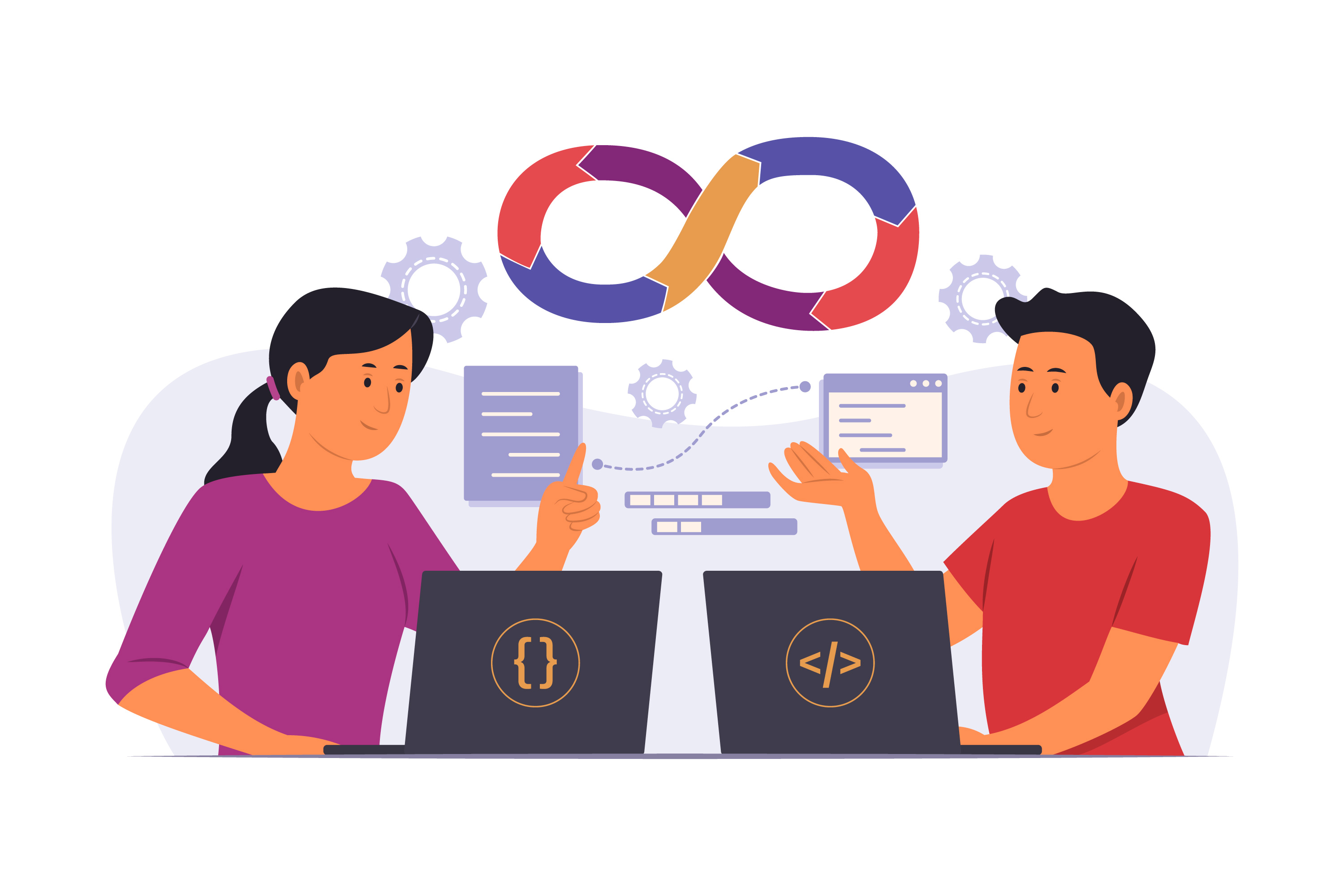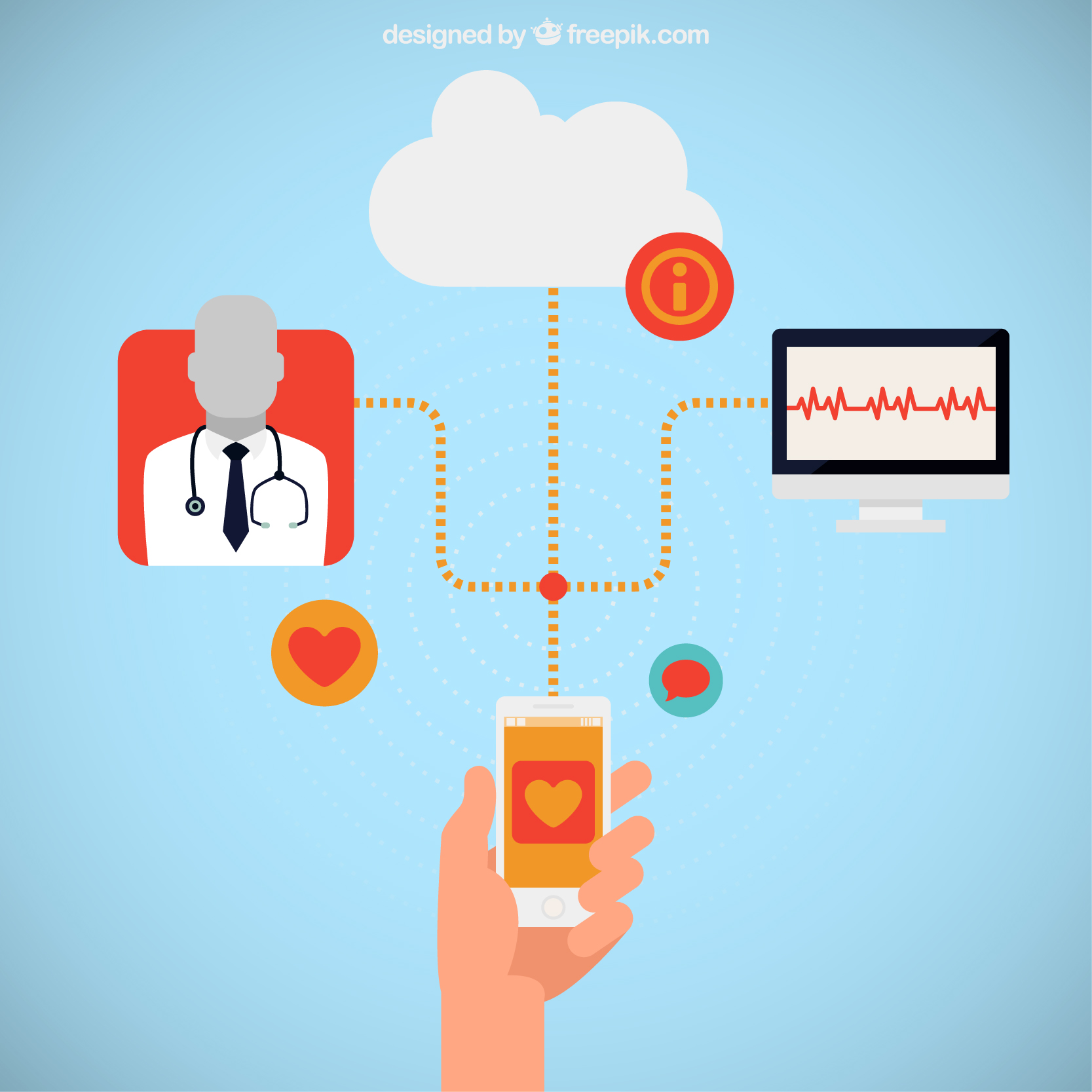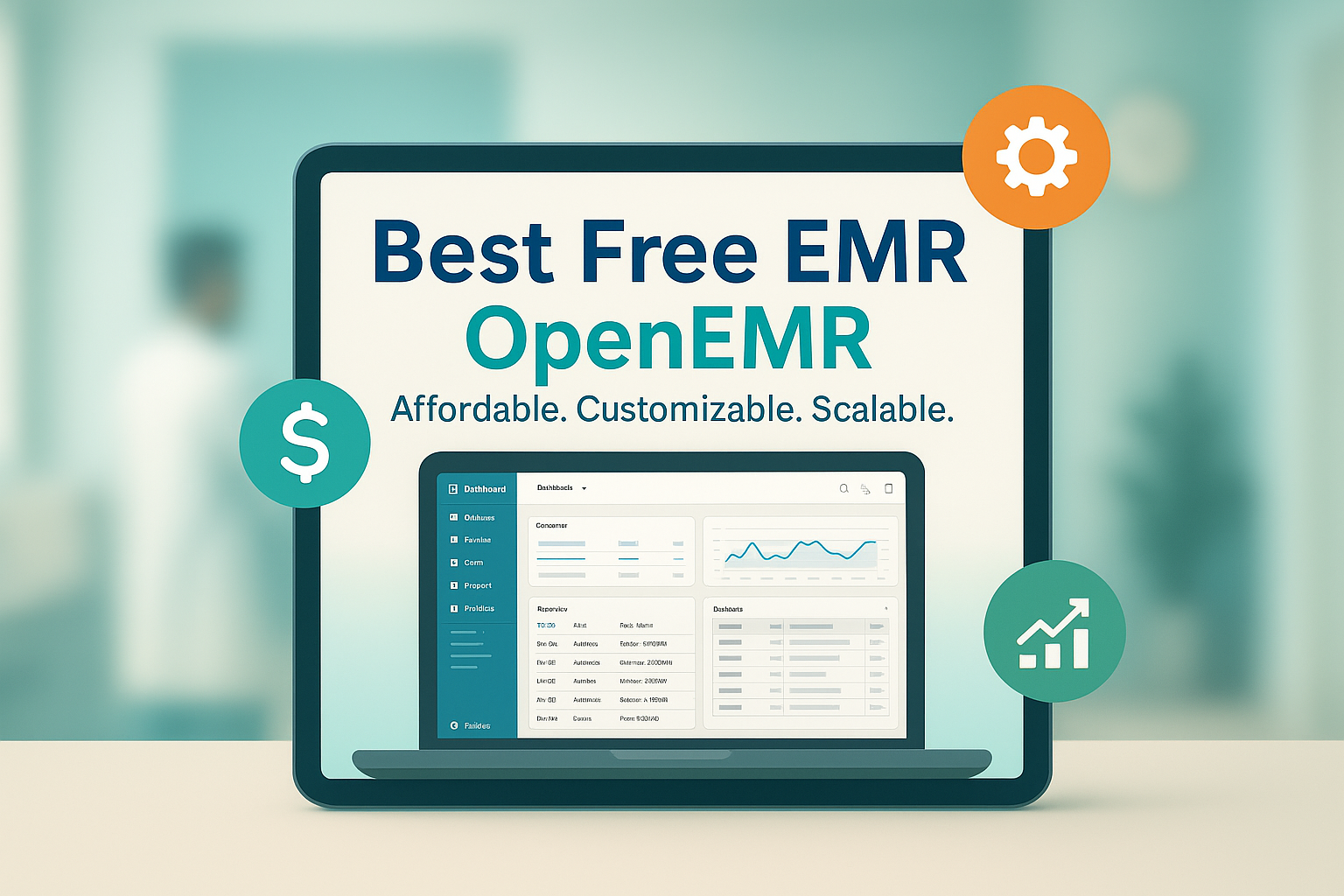How Secure Is Your Patient Data? The Shocking Truth About Cybersecurity in Healthcare Software

Strong8k brings an ultra-HD IPTV experience to your living room and your pocket.
In today’s digitally driven world, the healthcare industry is undergoing a transformation like never before. Electronic Health Records (EHRs), telemedicine, and healthcare apps are revolutionizing the way care is delivered. However, with these advancements comes a looming threat that cannot be ignored cybersecurity. The shocking truth is that healthcare data is increasingly vulnerable to cyberattacks, and the implications are far more severe than most realize. So, just how secure is your patient data?
The Growing Threat Landscape
Healthcare organizations are prime targets for cybercriminals. In fact, healthcare data breaches are becoming more frequent and more severe. Why? Because patient data is incredibly valuable on the black market. Unlike credit card information, which can be canceled and replaced, patient records contain immutable data such as social security numbers, medical histories, and insurance details. This information can be used for identity theft, insurance fraud, and even blackmail.
The surge in ransomware attacks on hospitals and healthcare providers highlights the urgent need for robust cybersecurity measures. In these attacks, hackers encrypt patient data and demand a ransom for its release. The consequences of such breaches are devastating, potentially disrupting critical healthcare services and endangering patient lives.
The Vulnerabilities in Healthcare Software
Despite the high stakes, many healthcare organizations still operate with outdated or poorly secured software. These systems often lack the necessary safeguards to protect sensitive patient information from cyber threats. Some of the most common vulnerabilities include:
Outdated Systems: Many healthcare providers continue to use legacy systems that are no longer supported by their vendors. These outdated systems are not equipped to handle modern cyber threats, leaving patient data exposed.
Inadequate Encryption: Without proper encryption, patient data can be easily accessed and stolen during transmission or storage. Unfortunately, not all healthcare software solutions prioritize strong encryption protocols.
Weak Access Controls: Poorly managed access controls can allow unauthorized individuals to gain access to sensitive patient information. This includes everything from weak passwords to insufficient multi-factor authentication (MFA).
Third-Party Risks: Healthcare providers often rely on third-party vendors for various services, from billing to cloud storage. If these vendors do not adhere to strict cybersecurity standards, they can become weak links in the security chain.
The Human Factor: A Major Weakness
While technology plays a crucial role in securing patient data, human error remains one of the most significant risks. Employees who are not properly trained in cybersecurity practices can unintentionally expose sensitive data to cybercriminals. Phishing attacks, where employees are tricked into revealing passwords or downloading malware, are a common tactic used by hackers to gain access to healthcare systems.
Moreover, the rapid adoption of telemedicine during the COVID-19 pandemic has introduced new vulnerabilities. Many healthcare providers quickly implemented telehealth solutions without thoroughly assessing their security measures. As a result, patient data transmitted during virtual consultations may be at risk.
Regulatory Compliance: Not Enough
Healthcare providers are required to comply with regulations such as the Health Insurance Portability and Accountability Act (HIPAA) in the United States, which sets standards for protecting patient information. However, compliance alone is not enough to ensure data security. Regulations often lag the rapidly evolving threat landscape, and simply meeting compliance standards does not guarantee that patient data is safe from cyberattacks.
The Cost of Data Breaches
The financial impact of a data breach can be staggering. Healthcare organizations may face fines, legal fees, and the cost of notifying affected patients. Additionally, reputational damage can be long-lasting, eroding patient trust and leading to a loss of business.
But the most concerning consequence of a data breach is the potential harm to patients. When patient records are compromised, it can lead to misdiagnoses, treatment delays, and even life-threatening situations. The ripple effects of a cyberattack can extend far beyond the immediate financial losses.
The Path Forward: Strengthening Cybersecurity in Healthcare
So, what can healthcare providers do to protect patient data? Here are some key strategies:
Invest in Updated Software: Healthcare organizations must prioritize upgrading their systems to the latest versions that offer robust security features. This includes regular patching and updates to address newly discovered vulnerabilities.
Implement Strong Encryption: Encrypting patient data both at rest and in transit is essential. This ensures that even if data is intercepted, it cannot be easily accessed or used by cybercriminals.
Enhance Access Controls: Implement multi-factor authentication (MFA) and restrict access to patient data based on the principle of least privilege. This limits the number of individuals who can access sensitive information.
Conduct Regular Security Audits: Regularly auditing healthcare systems for vulnerabilities can help identify and address potential security gaps before they are exploited by attackers.
Train Employees on Cybersecurity: Continuous cybersecurity training is crucial to ensure that all employees are aware of the latest threats and best practices. This includes recognizing phishing attempts and safeguarding login credentials.
Evaluate Third-Party Vendors: Healthcare providers must thoroughly vet third-party vendors to ensure they adhere to strict cybersecurity standards. This includes conducting regular security assessments and requiring vendors to comply with industry regulations.
Adopt a Zero-Trust Architecture: A zero-trust approach assumes that threats can exist both inside and outside the network. This model requires strict verification of all users and devices attempting to access the network, reducing the risk of unauthorized access.
Conclusion: The Time to Act is Now
The shocking truth about cybersecurity in healthcare is that many organizations are still unprepared to defend against modern cyber threats. As the healthcare industry continues to embrace digital transformation, the need for robust cybersecurity measures has never been greater. Protecting patient data is not just about complying with regulations—it’s about safeguarding the very lives that depend on secure and reliable healthcare services.
Healthcare providers must act now to secure their systems, train their staff, and stay ahead of emerging threats. The future of healthcare depends on it.
Note: IndiBlogHub features both user-submitted and editorial content. We do not verify third-party contributions. Read our Disclaimer and Privacy Policyfor details.







